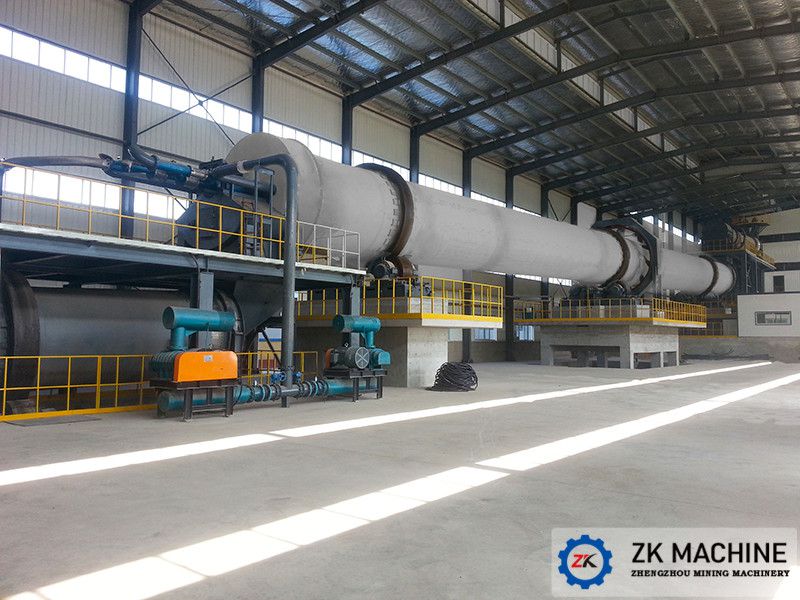Precautions for Flame in Rotary Kiln
Date:2020-08-25 15:17:30
Author:admin
Views:
108
Rotary kilns have strict requirements on flames in their work. The proper flame is related to the output and quality of clinker, and it plays an important role in reducing pollution and environmental protection. Ensuring the temperature and intensity of the flame can make the flame carry out sufficient heat exchange in the entire cylinder, while keeping the refractory material and the cylinder at a reasonable temperature, avoiding local overheating and causing failures and prolonging the service life of the equipment.
To keep the flame within a reasonable range, you need to pay attention to the following points:
1. Keep the fire level stable
The stable fire can make the materials in the kiln carry out physical and chemical reactions evenly and improve the quality of the products. On the contrary, in the unstable flame, some materials cannot be calcined normally, and flow out of the discharging device without completing the due reaction, and become unqualified products.
2. Flame intensity adjustment
That is, adjust the size of the flame to control the temperature in the kiln, observe whether the flame is in a normal state through the fire hole at regular intervals, and check whether the temperature in the kiln meets the requirements through the temperature measuring device, the flame strength is not enough, and the material cannot be fully calcined. For qualified products, the flame intensity is too high, which will damage the material, cause material waste, reduce efficiency, and reduce output.
3. Pay attention to the fire speed of the flame
For the flame in normal work, the speed of the fire should be uniform, and the speed of the flame should be the same in each zone in the cylinder. If there is any abnormality, the burner and other related facilities should be inspected.
4. Pay attention to the fire
That is, pay attention to the development trend of the fire. Always pay attention to the burning fire in all parts of the cylinder to avoid excessively high or low local temperatures.
In summary, controlling the state of the flame is an important condition for ensuring product quality and production efficiency.

